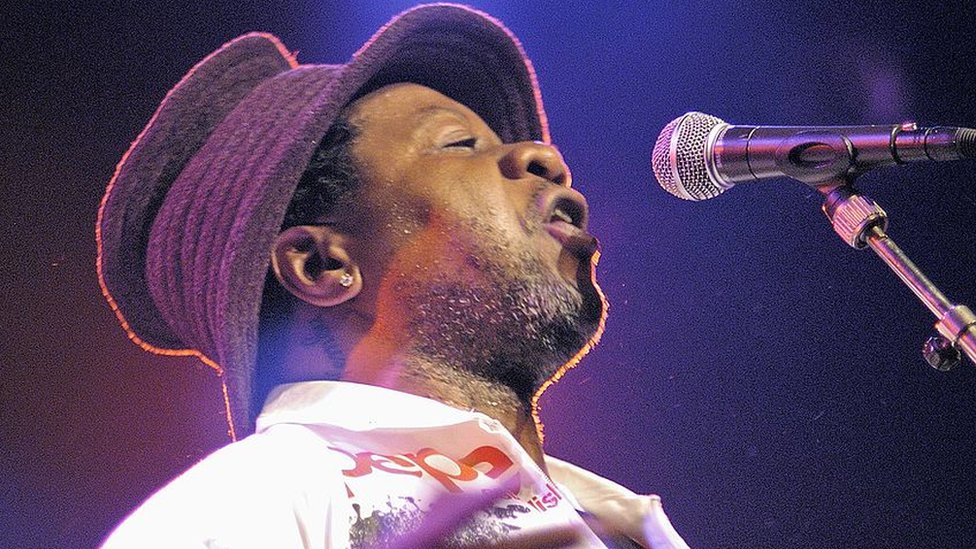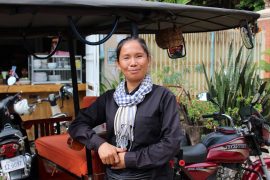By Aditi Maheshwari
Congolese Rumba originated in the Congo basin during the 1940s is one of the most loved African music and dance genres. It has now earned its place on UNESCO’s intangible heritage list.
Around 60 applications were submitted by countries, awaiting a decision made on Tuesday, December 14. Rumba is derived from the Kikongo word for navel, “Nkumba.”
Congolese Rumba joins other traditional treasures such as Jamaican reggae music and Singaporean hawker food on UNESCO’s “intangible cultural heritage of humanity.”
Rumba has become more closely associated with Latin dance despite its African origins. Indeed, Cuban Rumba was granted UNESCO intangible cultural heritage status in 2016.
The style of Rumba that emerged in Cuba in the 19th Century had its roots in the drumming of enslaved people from central Africa, which was then combined with melodies from Cuba’s Spanish colonizers.
However, the rhythm maintained its exclusivity to the extent that when vinyl recordings were exported to central Africa in the 20th Century, it was immediately recognized as Rumba. Among the earliest heroes of Congolese Rumba were Wendo Kolosoy, Paul Nkamba, Franco and TPOK Jazz, Tabu Ley Rochereau, and Dr Nico.
UNESCO defines “Intangible cultural heritage, or living heritage, as a legacy from our ancestors that we pass on to our descendants.” It includes oral traditions, performing arts, social practices, rituals, and festive events. This category was created to help preserve the heritage often threatened by ignorance and hate.
“To be defined as intangible cultural heritage, a cultural practice must be dynamic. It must have meaning in people’s lives,” said Tim Curtis, secretary of the UNESCO convention on the subject, adopted in 2003, in a press kit. Congolese Rumba is used in formal and informal occasions for celebration and mourning.
The Rumba is an integral part of Congolese identity and is carried forward with the intention of intergenerational cohesion and solidarity. It’s an urban practice performed by a male-female couple; this helps incorporate the grace of cultures-traditions.
Attaining this status has ended the fierce campaigning by two countries – the Democratic Republic of Congo and neighbouring Congo-Brazzaville. They both occupy the ancient kingdom of Kongo – where the sinuous dance originated according to the two nations’ joint application.





Comments are closed.